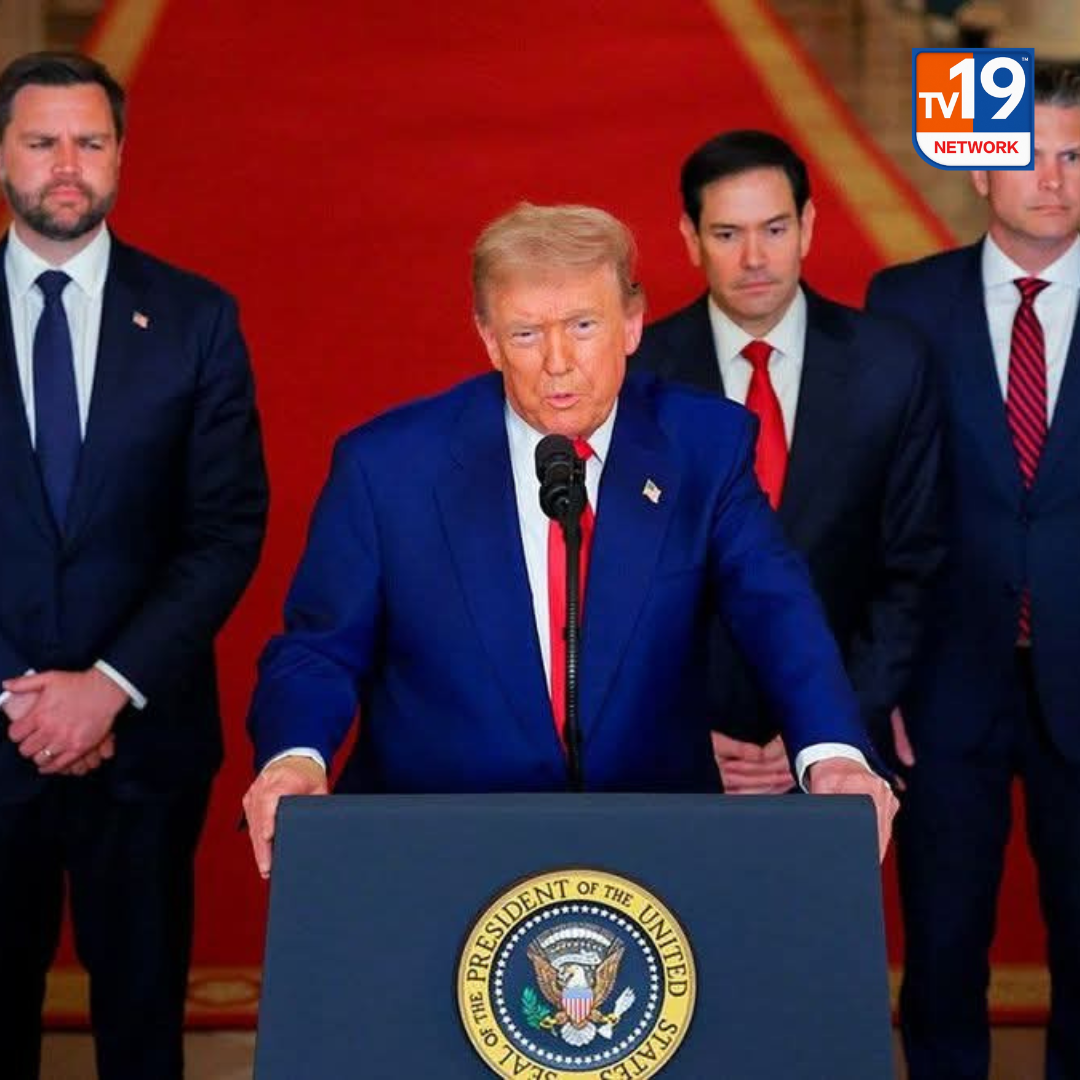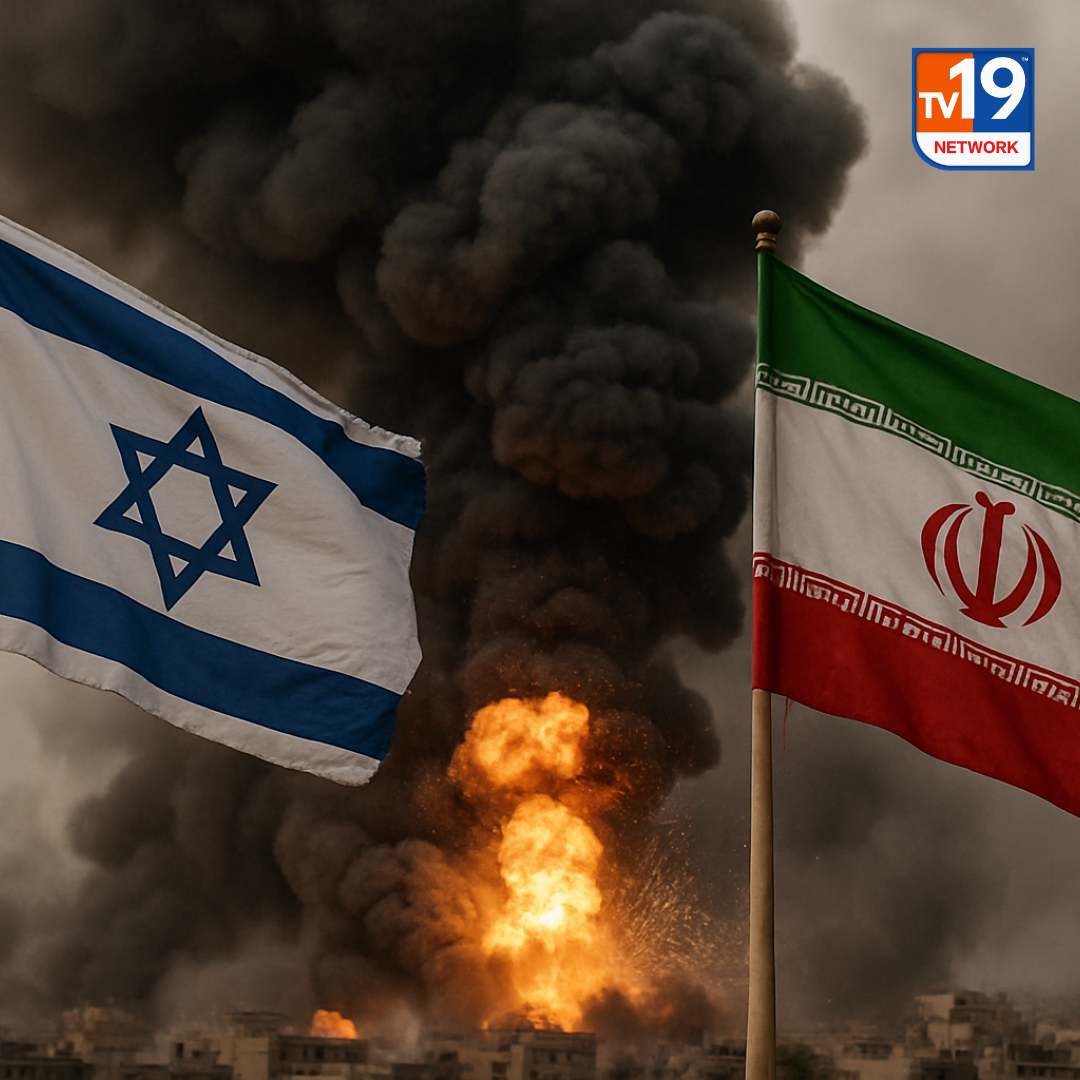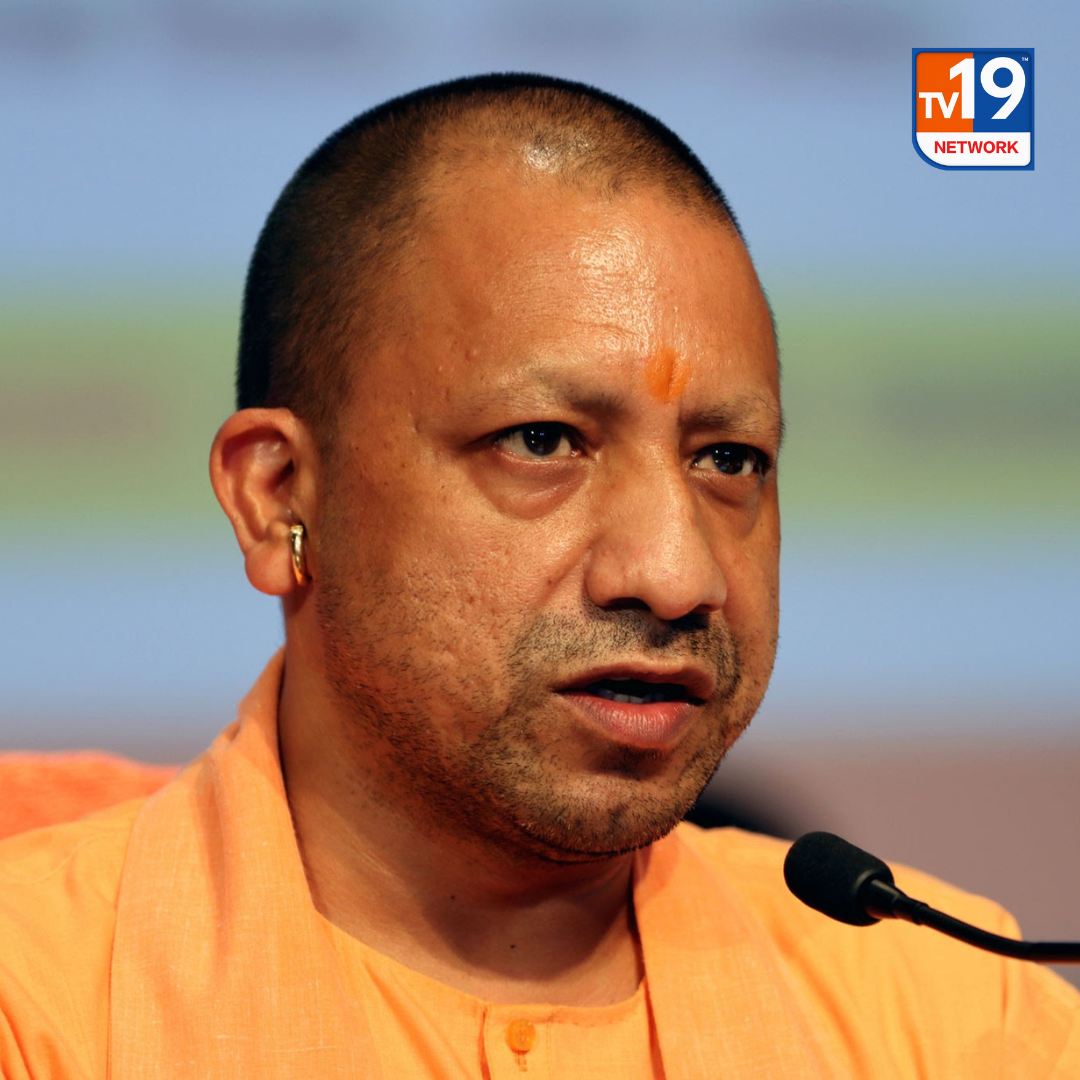US Stealth Bombers Devastate Iran s Nuclear Program in Precision Midnight Assault
Special Correspondence, Middle East -
In a covert operation that has rattled the geopolitical landscape, the United States launched a decisive aerial strike on Iran’s core nuclear infrastructure, delivering what experts now describe as a crippling blow to the regime’s atomic ambitions. Under the cloak of night, American B-2 Spirit stealth bombers penetrated deep into Iranian airspace, targeting fortified nuclear facilities at Fordow, Natanz, and Isfahan. These were not symbolic air raids. These were annihilations engineered with precision, delivered with finality.
Intelligence assessments in the aftermath confirm extensive destruction. Fordow, concealed beneath a mountain and long considered untouchable, was struck with advanced GBU-57 bunker penetrating ordnance, a weapon reserved only for missions that demand total obliteration. Satellite imagery and classified drone surveillance, later corroborated by Western intelligence sources, reveal collapsed tunnel networks and reactor vaults left in ruin. Natanz and Isfahan, Iran’s other principal nuclear assets, also sustained direct hits, with the former’s enrichment halls reportedly engulfed in fire.
A former U.S. intelligence official, now advising on nuclear non proliferation, remarked bluntly: “Iran’s nuclear program is no longer operational in any real or strategic sense.” Though Iranian state media attempted to downplay the extent of damage, officials in Washington and Jerusalem were briefed with a clearer picture,one that marks a turning point not just in military posture, but in nuclear diplomacy.
Israeli Prime Minister Benjamin Netanyahu, according to sources within his office, was notified in advance of the operation. Though Israel maintained operational distance, the coordination between allies was unmistakable. Netanyahu later issued a stark statement, praising the strike as a “surgical dismantling of a threat that the world refused to address for far too long.”
The White House’s posture was equally unflinching. President Trump, addressing reporters hours after the strike, described the mission as a “historic dismantling of a reckless regime’s nuclear calculus,” adding that the United States had “waited, warned, and watched long enough.” His address, measured yet severe, made it clear that the window for negotiation had expired the moment Tehran crossed the invisible threshold of nuclear provocation.
Iran’s response, though rhetorically defiant, has so far been militarily restrained. The Revolutionary Guard issued immediate condemnation, accusing the United States of waging an undeclared war, and vowed retaliation “at a time and manner of Iran’s choosing.” The regime maintains that no radioactive leakage occurred, though independent assessments are yet to be confirmed.
Within hours, global diplomatic channels were activated. France and Germany expressed deep concern over the escalation, urging both sides to exercise restraint, while Russia and China denounced the operation outright in an emergency UN Security Council session. The reverberations of the strike are already being felt in oil markets and regional military logistics, as U.S. bases in the Gulf move to heightened alert status.
The international community now stands at the edge of a precarious new chapter. The strike, in its decisiveness, closed one file perhaps permanently but opened a darker, more complex dossier of retaliation, cyber conflict, and proxy warfare. Whatever deterrence this operation intended to achieve, the world must now brace for what it inevitably provokes.





